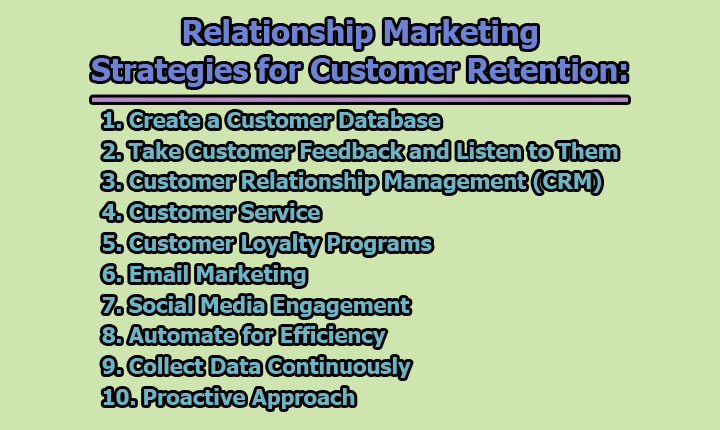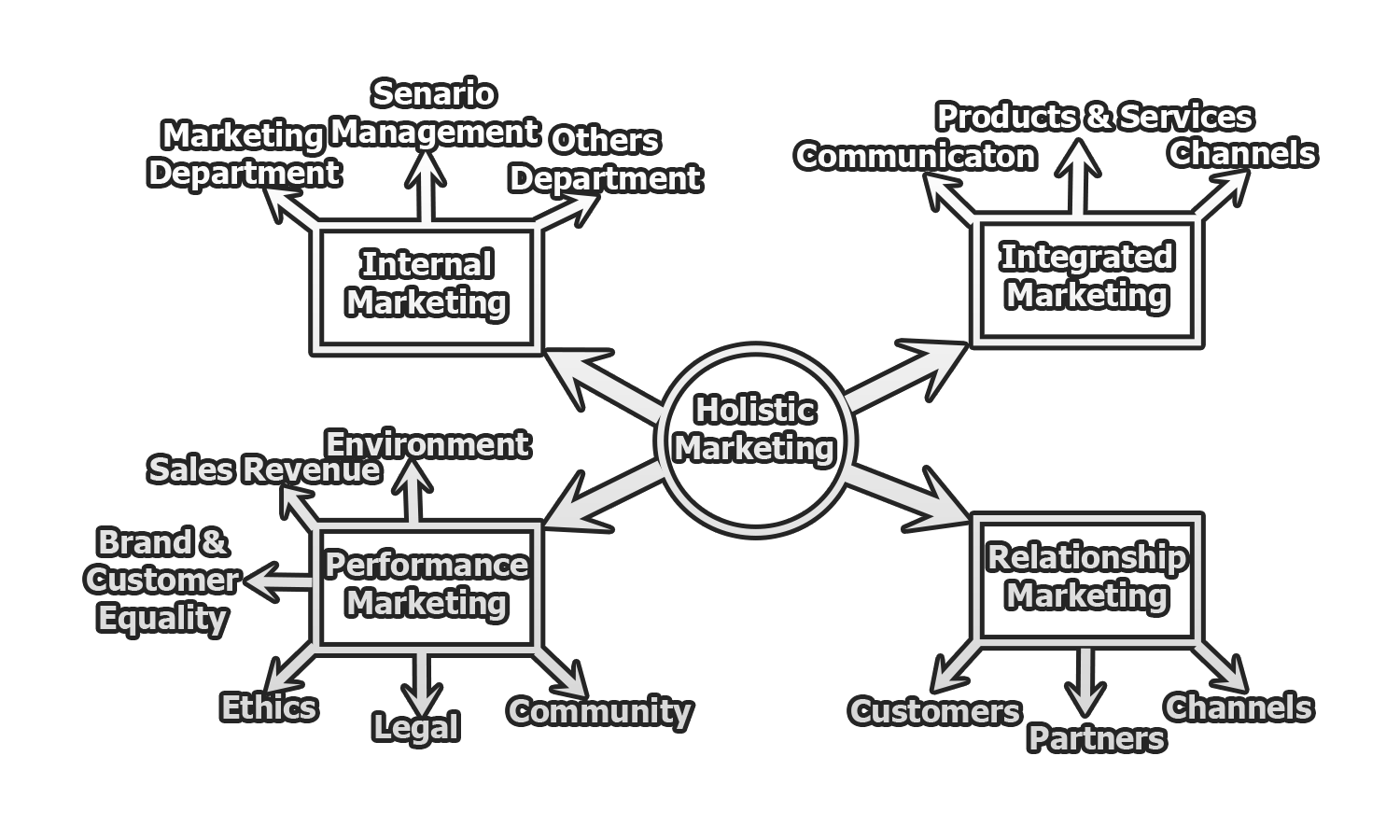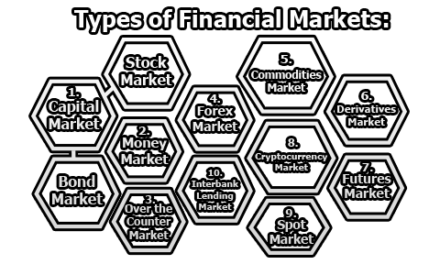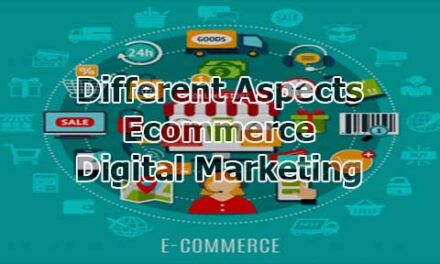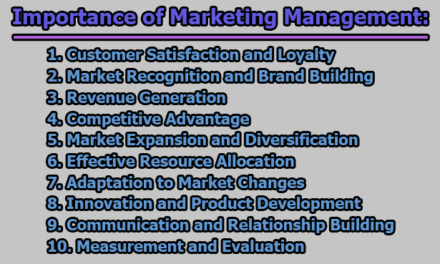Relationship Marketing Strategies for Customer Retention:
Relationship marketing is a customer-centric approach that focuses on building long-term relationships with customers rather than just focusing on one-time transactions. Here’s an overview of relationship marketing strategies for customer retention:
1. Create a Customer Database:
- Importance of Customer Data: A customer database is the backbone of effective relationship marketing. It serves as a centralized repository for valuable customer information, encompassing demographics, purchase history, preferences, and interactions. This data provides businesses with actionable insights into individual customer behavior and trends across their customer base.
- Utilizing CRM Systems: Customer Relationship Management (CRM) systems are instrumental in efficiently managing and utilizing customer data. These systems offer a centralized platform for organizing, tracking, and analyzing customer interactions. By integrating CRM tools, businesses gain a comprehensive view of each customer, facilitating personalized communication and targeted marketing efforts. CRM systems are designed to enhance customer relationships by streamlining processes and improving customer satisfaction.
2. Take Customer Feedback and Listen to Them:
- Seeking Feedback: Actively seeking customer feedback is a key element of relationship marketing. Businesses can use various channels such as surveys, reviews, and direct communication to gather insights into customer experiences. This not only demonstrates a commitment to customer satisfaction but also provides a valuable source of information for continuous improvement.
- Analysis and Action: Once collected, customer feedback should be analyzed systematically. Identify recurring themes, both positive and negative, to understand overarching trends. Positive feedback highlights strengths to be reinforced, while negative feedback points to areas that require attention. The key is to not just collect feedback but to act upon it. Addressing concerns promptly and effectively communicates to customers that their opinions are valued and that the business is responsive to their needs. This iterative feedback loop is essential for building trust and refining products or services based on customer preferences.
3. Customer Relationship Management (CRM):
- Holistic Customer View: One of the primary objectives of implementing a robust CRM system is to gain a comprehensive understanding of each customer. CRM aggregates data from various touchpoints, including interactions with customer support, purchase history, and engagement with marketing campaigns. This holistic view allows businesses to create detailed customer profiles, enabling personalized communication and targeted marketing strategies.
- Personalized Communication: Leveraging the insights derived from CRM, businesses can tailor their communication to individual customers. This personalization goes beyond generic messaging, allowing businesses to send targeted promotions, product recommendations, and relevant updates. Personalized communication not only enhances the customer experience but also strengthens the emotional connection between the customer and the brand, fostering a sense of loyalty.
4. Customer Service:
- Exemplary Service Standards: Exceptional customer service is a cornerstone of relationship marketing. Ensuring that customer service representatives are well-trained, empathetic, and responsive is essential. Customers who receive exemplary service are more likely to develop a positive perception of the brand, leading to increased satisfaction and loyalty.
- Turning Challenges into Opportunities: Every customer service interaction, including addressing complaints or resolving issues, is an opportunity to strengthen the customer-business relationship. Businesses should view challenges as chances to showcase their commitment to customer satisfaction. Proactively addressing concerns and exceeding customer expectations in the resolution process can turn dissatisfied customers into loyal advocates for the brand.
5. Customer Loyalty Programs:
- Incentivizing Repeat Business: Loyalty programs are powerful tools for retaining customers. By offering rewards, discounts, or exclusive access to loyal customers, businesses create a strong incentive for repeat business. These programs not only provide tangible benefits but also contribute to a sense of exclusivity and appreciation among customers.
- Communication and Recognition: Regular communication with members of loyalty programs is crucial. Acknowledging and recognizing their loyalty through personalized messages, exclusive offers, or early access to new products reinforces the idea that their patronage is valued. Celebrating milestones, such as anniversaries within the loyalty program, adds a personal touch and deepens the emotional connection between the customer and the brand.
6. Email Marketing:
- Targeted Communication: Email marketing is a versatile tool for maintaining regular and targeted communication with customers. By segmenting email lists based on customer preferences, behavior, and purchase history, businesses can ensure that their messages are relevant and valuable to the recipients. This targeted approach increases the likelihood of engagement and customer retention.
- Value-Driven Content: Beyond promotional content, email campaigns should provide value to the recipients. This could include informative content, tips and tricks, or exclusive access to educational resources. By consistently delivering content that aligns with the interests and needs of the audience, businesses can position themselves as a valuable resource, reinforcing the customer’s decision to stay engaged with the brand.
7. Social Media Engagement:
- Building a Community: Social media platforms offer a dynamic space for businesses to engage with their audience on a personal level. Beyond promotional posts, businesses should actively participate in conversations, respond to comments, and foster a sense of community. Building a community around the brand not only strengthens relationships but also encourages customers to become brand advocates within their social circles.
- Showcasing Brand Personality: Social media provides a unique opportunity to showcase the human side of the brand. Sharing behind-the-scenes content, employee stories, and user-generated content helps humanize the brand, making it more relatable to customers. People are more likely to stay loyal to a brand they perceive as authentic and personable.
8. Automate for Efficiency:
- Retargeting Ads: Implementing retargeting ads is an automated strategy to re-engage customers who have shown interest but haven’t completed a purchase. These ads follow users across various online platforms, reminding them of products they viewed or abandoned in their carts. Retargeting helps keep the brand in the customer’s consideration set and encourages them to complete the desired action.
- Email Automation: Email automation streamlines communication by allowing businesses to schedule and send targeted emails based on customer behavior. This could include welcome sequences, product recommendations based on past purchases, or personalized offers triggered by specific actions. Automation ensures timely and consistent communication without manual effort, enhancing customer engagement.
- Social Media Automation: Managing multiple social media platforms efficiently is facilitated by social media automation tools. By scheduling posts in advance and automating routine tasks, businesses can maintain a consistent online presence without the need for constant manual intervention. This ensures that the brand remains visible and engaged across various social channels.
9. Collect Data Continuously:
- Adapting to Changing Needs: Continuous data collection is paramount in relationship marketing. Customer preferences, market trends, and buying behaviors are dynamic and can change over time. To stay ahead, businesses must consistently collect and analyze data to identify emerging patterns and shifts in customer needs. This proactive approach ensures that marketing strategies remain relevant and adaptable to the evolving landscape.
- Utilizing Analytics: Leveraging analytics tools is essential for transforming raw data into actionable insights. By measuring the effectiveness of marketing campaigns, tracking customer engagement metrics, and understanding the customer journey, businesses can make informed decisions. Analytics also help identify areas for improvement, allowing businesses to refine their strategies for better customer retention and satisfaction.
10. Proactive Approach:
- Anticipate Needs: A proactive approach involves anticipating customer needs before they express them. This can be achieved through predictive analytics, understanding historical data, and monitoring customer behavior. By identifying potential pain points or desires in advance, businesses can take preemptive actions, such as offering personalized recommendations, addressing concerns, or introducing new features that align with customer expectations.
- Regular Communication: Regular, proactive communication is crucial for maintaining a strong relationship. Keeping customers informed about product updates, upcoming events, or changes in services demonstrates transparency and keeps the brand top-of-mind. Whether through newsletters, targeted messages, or personalized outreach, businesses can foster a sense of reliability and trust, reinforcing the bond between the customer and the brand.
In conclusion, relationship marketing strategies for customer retention encompass a holistic and customer-centric approach. By creating a robust customer database, actively seeking feedback, implementing CRM systems, providing exemplary customer service, and leveraging loyalty programs, businesses can cultivate lasting connections. Email marketing, social media engagement, automation, continuous data collection, and a proactive stance further contribute to a comprehensive strategy. In the dynamic business landscape, relationship marketing serves as a foundation for customer retention, creating a win-win scenario for both businesses and their valued customers.

Former Student at Rajshahi University

